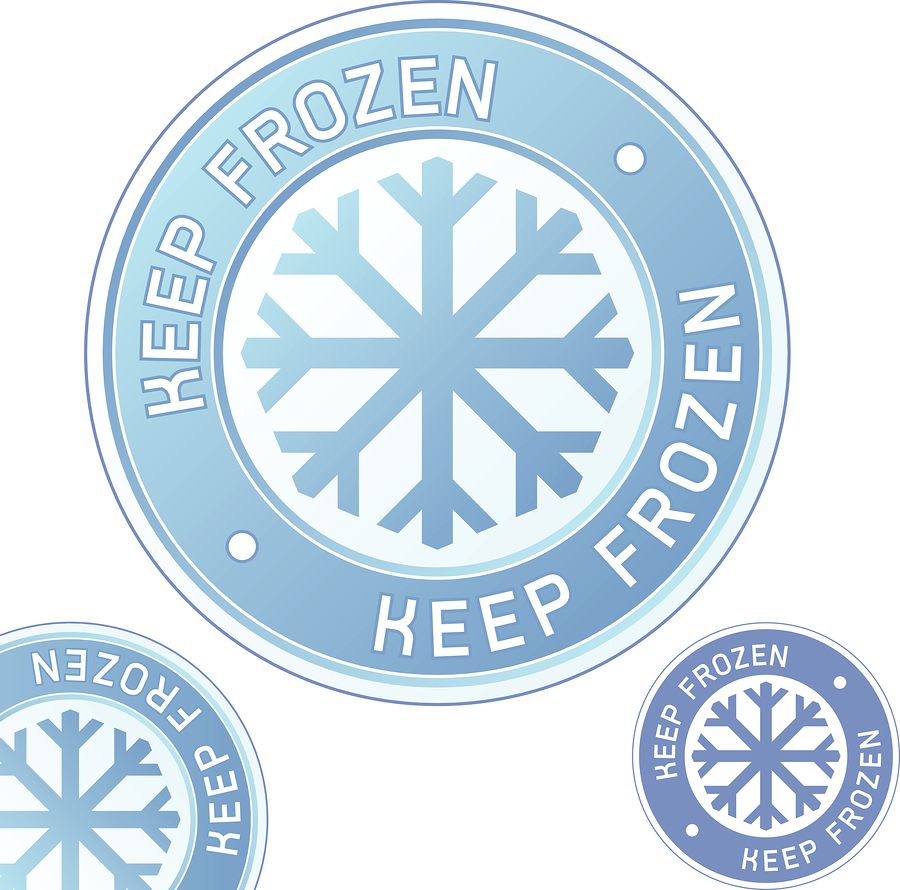By Rob Hanus
In past tips, we’ve talked about how freezing and vacuum sealing can be essential in your food storage plans. If you find yourself standing in front of your big empty freezer, wondering how you’re going to fill it up, here are some suggestions to help get your freezer stuffed full of food.
Buying foods in bulk or on sale helps to maximize your food dollar. Around the holidays, you can usually buy meat very cheap, as it’s typically a ‘loss leader’ for the grocery store. For example, buying turkeys around Thanksgiving is one example of this. Don’t forget that you can also freeze vegetables and fruit, too.
Soups and sauces can be sealed in a mason jar with the jar-sealer attachment and frozen. By removing the air and then freezing, you should be able to store these jars for at least a year. It’s not quite as convenient as real canning, but it’s a great way to save some time by making a big batch of soup, broth or sauce and eating it over the next several months. Just remember that vacuum canning must be refrigerated or placed in the freezer, as opposed to water bath or pressure canned goods that can go on the shelf with no refrigeration.
Want to keep the bugs out of that flour? Freeze flour for 4 days to a week and you won’t have any issues. Rotate your bulk grains through the freezer to kill off bugs and eggs.
When freezing food, lay things as flat as possible. This will allow things to stack well for best use of space.
Freeze left over wine in ice cube trays so it does not go to waste and add to cooking as needed! Once frozen, store in a freezer bag.
Meat that is double-wrapped in butcher paper can last a few months as is. However, it’s difficult to know if the meat is wrapped well. If you plan on keeping the meat for more than a month or two, vacuum seal it.
Date every package that you put into your freezer, along with what’s inside. It’s far easier to read this info than it is to try and figure out what might be in the package. Even the clear vacuum seal bags should be labeled. Things can look quite different when frozen.
You can freeze bread for a couple of months in its original bag. When it’s frozen, you’ll notice ice crystals on the outside of the loaf, but don’t worry. It thaws surprisingly well, if you let the bread thaw slowly on the counter or in the refrigerator.
Did you know you can freeze milk? Those big “dimples” on the side of the milk containers are to allow for the milk’s expansion when it freezes. You can keep it frozen for at least a few months, and probably up to a year (our family’s experience with frozen milk suggests that it should be used within a year). When you go to use frozen milk, the trick is to let it completely thaw so there are no ice more crystals, then vigorously shake to remix it.
Our last tip is to keep an inventory list of everything that is in your deep freezer. This makes it much easier to know what you have in there, instead of having to pull everything out just to see what’s on the bottom.
Rob Hanus is the author of the book “The Preparedness Capability Checklist” which is an easy to read book with the absolute best method for intelligent and deliberate prepping. Rob is also host of the Preparedness Podcast.
You can get the Rob’s book here http://www.thepreparednesspodcast.com/capability-checklist/
and tune into Rob’s podcast here: http://www.thepreparednesspodcast.com/preparedness-podcast/
Marjory Wildcraft is an Expedition Leader and Bioneer Blogger with The [Grow] Network, which is an online community that recognizes the wisdom of “homegrown food on every table.” Marjory has been featured as an expert on sustainable living by National Geographic, she is a speaker at Mother Earth News fairs, and is a returning guest on Coast to Coast AM. She is an author of several books, but is best known for her “Grow Your Own Groceries” video series, which is used by more than 300,000 homesteaders, survivalists, universities, and missionary organizations around the world.







